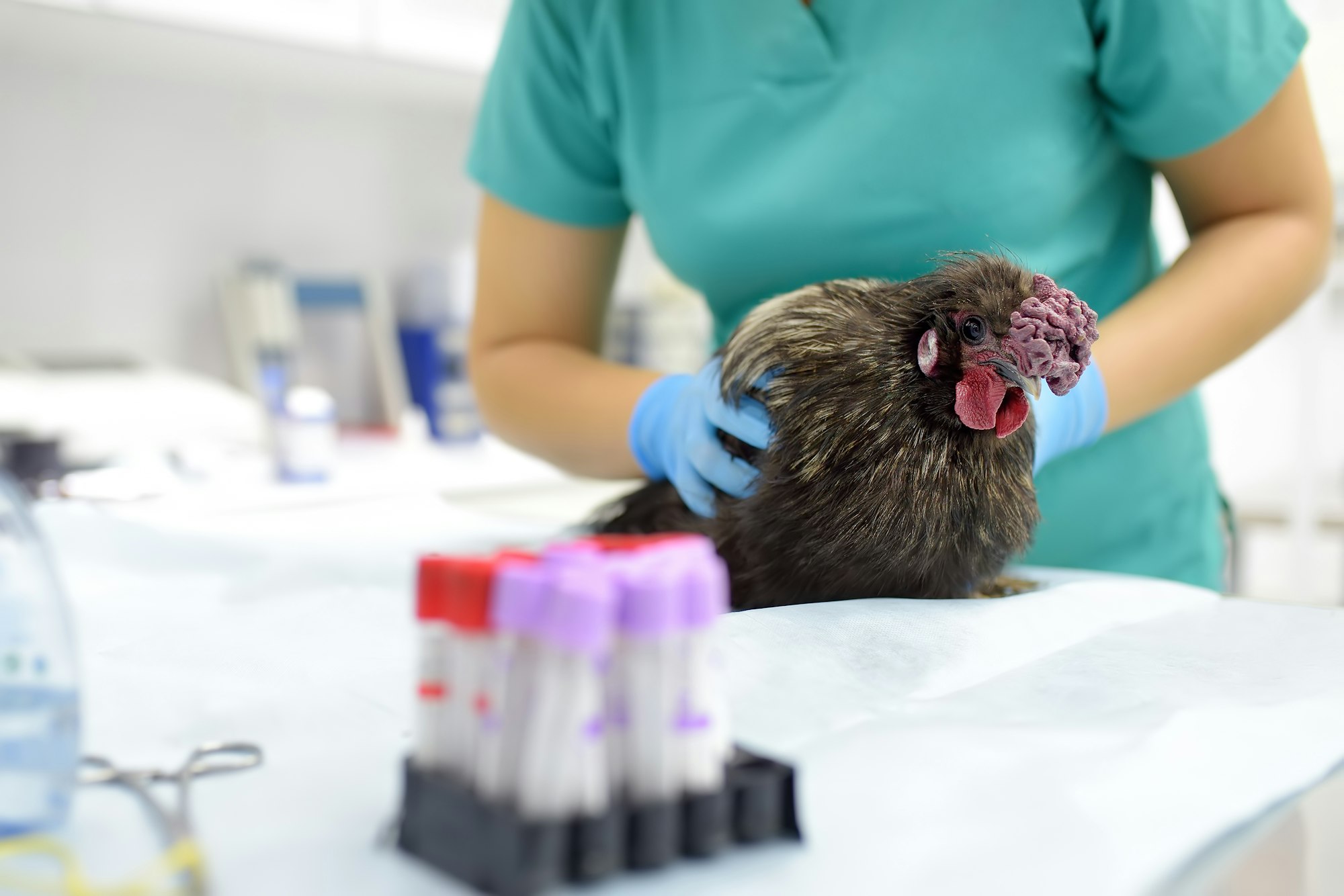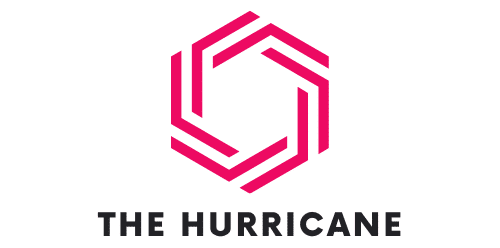The importance of preventing avian diseases through vaccination

Vaccination plays a pivotal role in safeguarding poultry farms against a variety of diseases. For poultry producers, taking a preventive approach is essential, not only to ensure the health of their flocks but also to enhance profitability by reducing losses caused by diseases. The increasing risks posed by viral and bacterial outbreaks necessitate effective vaccination strategies. This article shows the critical importance of prevention in poultry farming, the various types of vaccines available, and the innovative advancements shaping the future of poultry vaccination.
Why prevention is important in poultry farming
Prevention in poultry farming is essential to safeguard flock health, minimize disease outbreaks, and ensure long-term economic sustainability for producers. You can click on https://poultry.ceva.com/ for more details.
En parallèle : How to Choose the Right Type of Aquarium Filter for a Betta Fish’s Tank Size?
The risks of disease spread in poultry farms
Poultry farms are particularly vulnerable to the rapid spread of diseases due to the high density of birds in confined spaces. The close proximity of birds to one another provides an ideal environment for viruses and bacteria to thrive and transmit quickly, especially through contaminated water, feed, or equipment. The intense production conditions in modern poultry farming increase the chances of an outbreak, which can result in devastating losses if not contained. This is why preventive vaccination is critical.
Biosecurity measures, while effective, are not foolproof. Even with stringent cleanliness standards and controlled entry, the risk of disease remains, particularly from airborne pathogens or vectors such as wild birds. Vaccination, therefore, acts as an additional line of defense that ensures that even if a virus or bacteria breaches physical biosecurity barriers, the flock's immune systems are ready to combat the threat.
Lire également : What’s the Best Technique for Socializing a Litter of Foster Kittens with Humans?
Major viral and bacterial threats to poultry
Several viral and bacterial diseases pose significant risks to poultry flocks. Some of the most common viral threats include Newcastle disease, avian influenza, infectious bronchitis, and Marek’s disease. These diseases can spread rapidly and cause high mortality rates, drastically reducing the productivity of the flock. On the bacterial side, infections such as salmonellosis, fowl cholera, and mycoplasmosis are common concerns that can severely affect poultry health and production efficiency.
Economic and health impacts of uncontrolled outbreaks
An uncontrolled disease outbreak can devastate a poultry farm, both economically and in terms of animal welfare. The financial burden includes not only the loss of birds but also the costs associated with controlling the outbreak, managing containment, and replacing the flock. Moreover, the outbreak could lead to a temporary halt in production, further compounding financial losses. In addition, some diseases are so severe that entire flocks must be culled to prevent the spread, which adds an emotional and financial toll on producers.
The secondary economic impact comes in the form of consumer confidence. Outbreaks of diseases such as avian influenza can lead to significant drops in demand for poultry products, both domestically and internationally, damaging market prices and export opportunities. Consequently, the cost of disease control far outweighs the investment in preventive vaccination.
Different types of vaccines for poultry
Different types of vaccines for poultry, including live, inactivated, and autogenous, are tailored to address specific disease risks and enhance flock immunity.
Tailoring vaccination to poultry farm needs
Not all poultry farms face the same disease risks. Factors such as geographic location, farm size, bird species, and production goals influence which diseases pose the most significant threat. This variation requires tailored vaccination programs that consider the specific needs of each farm. The right vaccination strategy ensures that the farm’s most vulnerable areas are addressed, reducing the likelihood of disease outbreaks.
Vaccination schedules are developed in consultation with veterinarians to ensure the flock receives protection at the most critical times in their development. For example, broiler chickens, which are raised for meat production, may need a different vaccination approach compared to layers or breeders. In addition, environmental factors, such as seasonal disease risks or nearby poultry farms, also play a role in determining the vaccination protocol.
Live, inactivated, and autogenous vaccines: choosing based on specific risks
There are three main categories of vaccines used in poultry farming: live vaccines, inactivated vaccines, and autogenous vaccines. Live vaccines contain weakened forms of the disease-causing pathogen and are effective in stimulating a robust immune response. These vaccines are often used for diseases such as Newcastle disease or infectious bronchitis, providing long-lasting immunity. In contrast, inactivated vaccines contain pathogens that have been killed, and while they may not offer as strong an immune response as live vaccines, they are essential for diseases where live vaccines may pose risks.
Autogenous vaccines, meanwhile, are custom-made vaccines prepared from pathogens isolated from a specific farm or region. These vaccines are particularly useful for farms dealing with localized disease outbreaks, as they are tailored to the strains affecting that farm. Choosing the right vaccine type depends on the specific disease risks faced by the farm and the desired level of immunity.
The importance of hatchery vaccination for targeted diseases
Vaccination in hatcheries is critical for providing early protection to chicks before they are exposed to potential pathogens. Diseases such as coccidiosis, Gumboro disease (infectious bursal disease), and avian influenza can be controlled through hatchery vaccination programs. This ensures that the chicks have immunity before they are placed in the farm environment, where disease exposure risk is higher.
By vaccinating chicks at the hatchery level, farmers can reduce disease risks later in the production cycle, resulting in healthier birds and more consistent production outcomes. Hatchery vaccination is a proactive measure that helps prevent the spread of diseases that can devastate young birds.
Innovations in poultry vaccination
Innovations in poultry vaccination, such as AI technology and advanced immunization methods, are enhancing disease prevention and boosting long-term immunity.
Advanced technologies for more efficient solutions
The field of poultry vaccination has seen several technological advancements in recent years, improving the efficacy and ease of vaccine administration. Innovations such as automated vaccine delivery systems allow for more consistent and accurate application, reducing human error and improving vaccine coverage across large flocks. These systems are particularly beneficial in hatcheries and large farms, where manual vaccination can be labor-intensive and prone to inconsistencies.
AI and imaging technologies for enhanced vaccination techniques
The integration of artificial intelligence (AI) and imaging technology in poultry vaccination is another groundbreaking development. AI-driven tools can help monitor flock health in real-time, allowing for early detection of disease symptoms and timely vaccination interventions. Additionally, imaging technologies can assist in precise vaccine delivery, ensuring that each bird receives the correct dose and that the vaccine is administered in the right way.
These technologies not only enhance the effectiveness of vaccination but also reduce the cost and labor associated with disease prevention. By leveraging AI and imaging, farmers can achieve better health outcomes for their flocks while maintaining high production efficiency.
New approaches for more effective and long-lasting immunity
Research into new vaccination approaches is constantly evolving to improve the effectiveness of poultry vaccines. Scientists are exploring methods to create vaccines that offer longer-lasting immunity, reducing the need for frequent boosters. One promising area of research is the use of nanoparticle-based vaccines, which can stimulate a more targeted immune response and provide longer protection against specific diseases.
In summary, vaccination is a vital component of successful poultry farming, offering essential protection against a wide range of diseases. By adopting tailored vaccination strategies and embracing new technologies, poultry producers can safeguard the health of their flocks, minimize economic losses, and ensure the sustainability of their operations. As innovations in vaccine technology continue to evolve, the poultry industry is well-equipped to face the challenges of disease prevention in an increasingly demanding global market.
